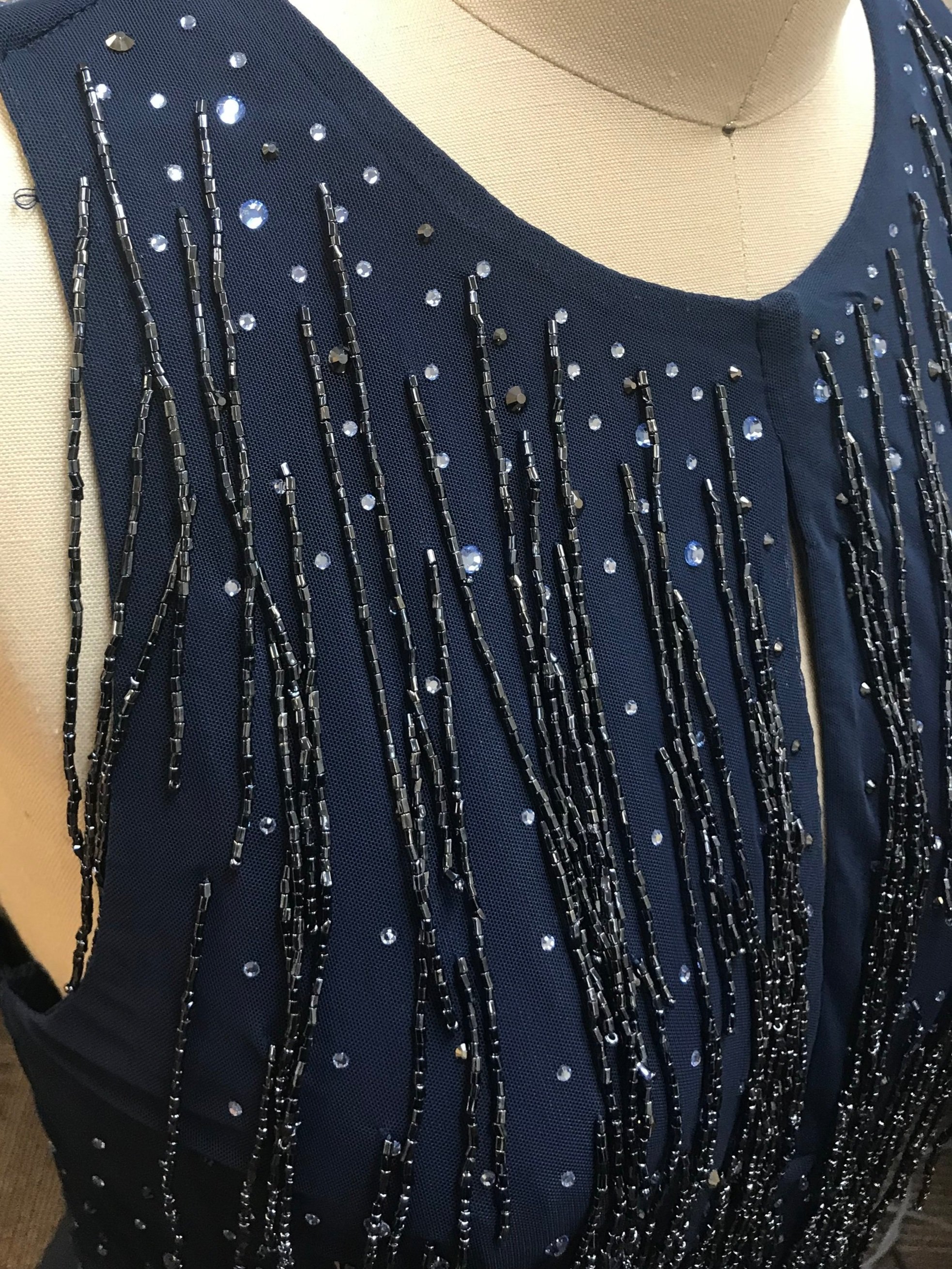Fringe is in for Spring 2024
Fringe Mania: The Timeless Charm of Fringes
If there's one thing that fashion has proven time and again, it's that certain details are bound to always come back on trend. And among all these, there is a favorite decorative element: fringes. These threadlike strips of fabric, beads, or even feathers are a dynamic touch of elegance, a detail that can turn a simple garment into a style icon. According to WWD, “Fringe is in for spring 2024, with designers offering glamorous options that showed some skin, or served as an almost jewelry-like embellishment.”
History of Fringe
The history of fringes is actually much older than you might think. As early as the civilizations of Ancient Egypt and Ancient Greece, clothes were adorned with fringes of multicolored glass beads. In 16th-century Italy, fringes were synonymous with ease, to the point that they were even banned because they flaunted too much luxury. But fringes were also adapted in more casual settings, as in the American Wild West, where cowboys chose them as a feature that made them instantly recognizable. If there is one decade that epitomizes the glamour of fringes, it is the 1920s. This was the period when women embraced the irreverent flapper style. Their dresses were decorated with fringes that moved in perfect harmony with jazz and fox trot rhythms.
Fringe in Today’s Fashion World
Fringes have spanned decades of changes and trends in fashion and have fit into every context. They embellished outfits of movie stars such as Joan Crawford and Rita Hayworth in the 1950s, and embodied rock style in the tumultuous 1960s. Even the hippies of the 1960s and 1970s adopted fringes as a symbol of freedom and independence.
Laser cut leather fringe with hot fix Swarovski crystal
And we come to today. Today, fringes continue to dominate fashion with their timeless appeal. They have returned to invade the runways, adding movement, sensuality and a chic style to every outfit. As asserted by WWD, for the Spring 2024 season, fringes are a big yes!
Rhinestone mesh, cut into fringe strips
Beaded fringe, beaded by hand
Fringe-making Process
If you've ever wondered how we create our wonderful fringe here at NYES, the answer lies in our faithful rotary cutting machine, a vintage piece we carefully preserve that dates back to the last century.
The fringing process is very simple thanks to this tool. The raw fabric passes through two rotary cylinders. The bottom cylinder is smooth, while the top cylinder is knurled, with a grooved surface. The smooth cylinder below supports and accompanies the fabric. The upper knurled cylinder applies pressure and performs the main function: cutting the fabric. It is because of this combined action that we get perfectly defined bangs that follow the direction of the upper cylinder's groove.
Laser cut leather fringe with laser cut leather tear drops attached by jump rings









